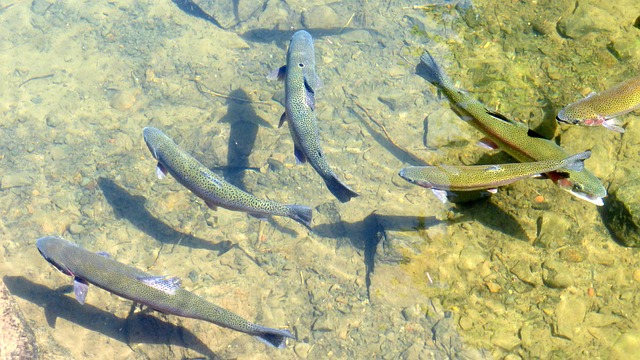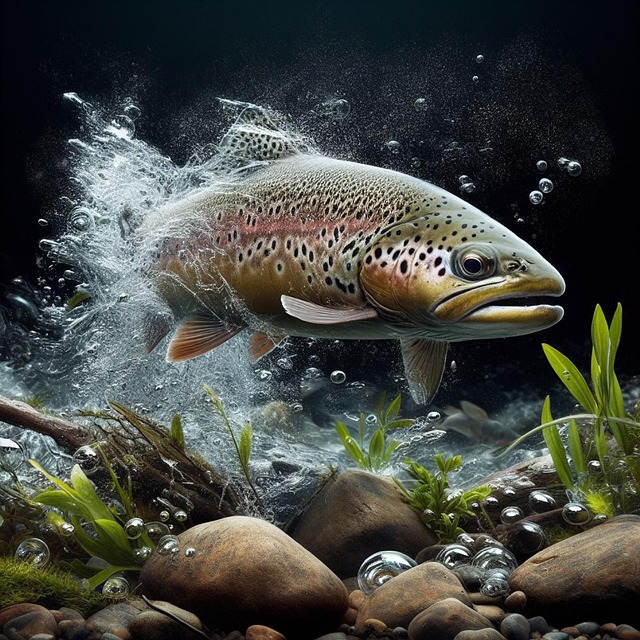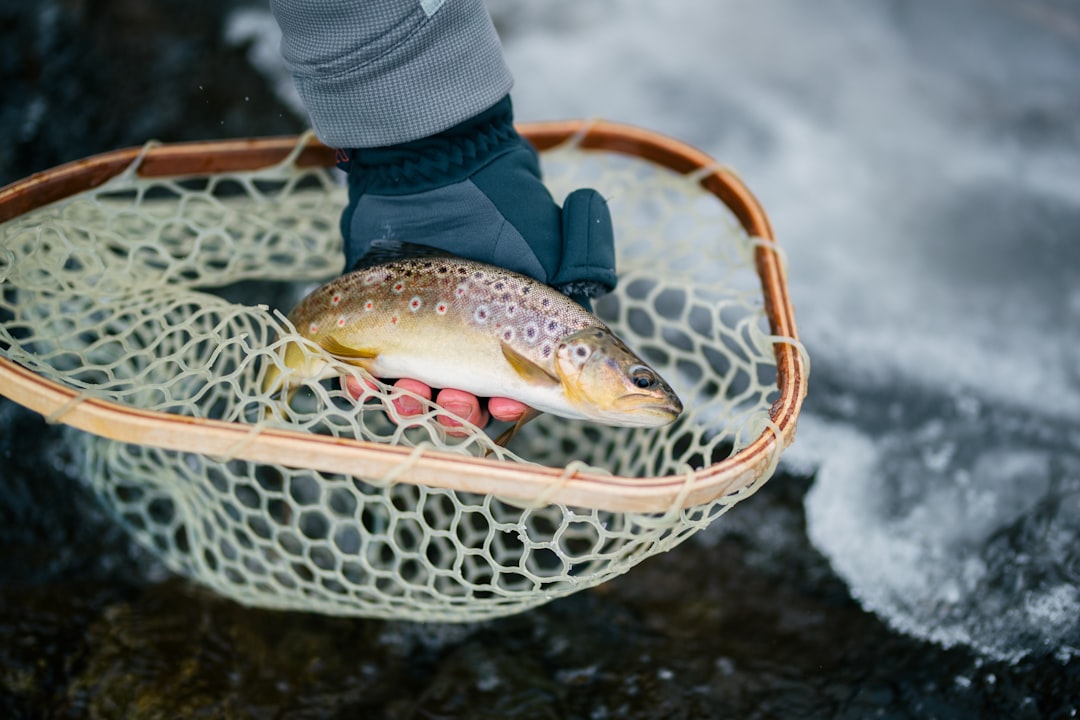Selecting the right rod and reel for trout fishing is crucial; match your gear to water conditions. Use lightweight rods for streams, heavier ones for deeper waters. Choose line weight based on space and fish size. Implement tips like hook size, sinkers, and leader length adjustments for optimal trout catches.
Trout fishing is a delicate art that requires the right equipment to ensure a successful and enjoyable experience. In this guide, we’ll walk you through setting up your rod for trout fishing with ease. From selecting the perfect rod and reel combination to choosing the ideal line and terminal tackle, these trout fishing tips will help you navigate the waters like a pro. Learn how to adjust settings tailored to optimal catching conditions, making every cast count.
- Choose the Right Rod and Reel Combination
- Select Suitable Line and Terminal Tackle
- Adjust Settings for Optimal Trout Catching Conditions
Choose the Right Rod and Reel Combination

When it comes to trout fishing, choosing the right rod and reel combination is a crucial step for your success on the water. The key is to match your setup to the type of trout fishing you plan to do and the specific conditions you’ll encounter. For instance, if you’re targeting smaller streams and rivers with delicate fish, a light-weight rod and reel will provide better control and reduce the risk of scaring away your catch. On the other hand, for larger lakes or deep waters, opt for a sturdier rod and a more powerful reel to handle the stronger currents and bigger trout.
Consider the line weight and material as well; lighter lines are ideal for precision casting in tight spaces, while heavier lines offer more power when battling bigger fish. Remember, the right rod and reel combo will enhance your overall trout fishing experience, making each cast more effective and enjoyable. Follow these trout fishing tips to ensure you’re set up for success on your next adventure.
Select Suitable Line and Terminal Tackle

When setting up your rod for trout fishing, choosing the right line and terminal tackle is essential for a successful experience. The line should be lightweight and strong, made from materials like monofilament, fluorocarbon, or braided lines. These options offer different levels of visibility, sensitivity, and strength, so select based on your preference and the trout species you’re targeting. For example, fluorocarbon lines excel in clarity and sensitivity, while braided lines provide excellent strength and minimal stretch.
Terminal tackle includes hooks, split shots, sinkers, and tippets. Use hooks suitable for trout fishing, typically sized 6-12, depending on the bait or lure. Split shots and sinkers help control your line and cast, especially in lighter lines. Tippets, which connect your line to lures, should be durable and fine to avoid detectability issues. Remember, the right gear enhances your trout fishing tips and increases your chances of reeling in a catch.
Adjust Settings for Optimal Trout Catching Conditions

When setting up your rod for trout fishing, it’s crucial to adjust your settings based on the conditions you’re facing. Consider the time of day; early morning and late evening hours tend to be prime time for trout as they feed more actively. Adjust your line weight accordingly; lighter lines are better for delicate presentations, while heavier ones can handle casting lures or baits further out. Trout fishing tips include using a rod with a moderate action that provides both power and sensitivity for detecting subtle takes.
The choice of reel is also essential; opt for one that offers smooth, reliable drag to help you set the hook effectively when a trout bites. Keep your leader length in mind; shorter leaders increase sensitivity but may require more precise casting, while longer leaders offer better visibility and flexibility. Trout are known for their fickle nature, so being able to adapt your setup based on conditions is key to maximizing your chances of a successful catch.
Setting up your rod for trout fishing is a key step in enhancing your overall experience. By combining the right rod and reel, selecting suitable line and terminal tackle, and adjusting settings for optimal conditions, you’ll be well-equipped to enjoy successful trout catches. Incorporate these trout fishing tips into your setup routine for a more productive and enjoyable time on the water.



